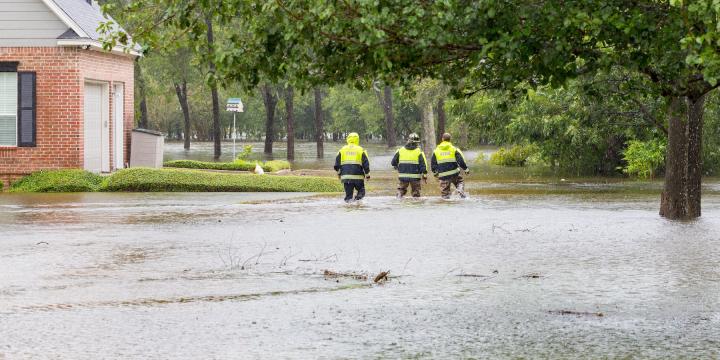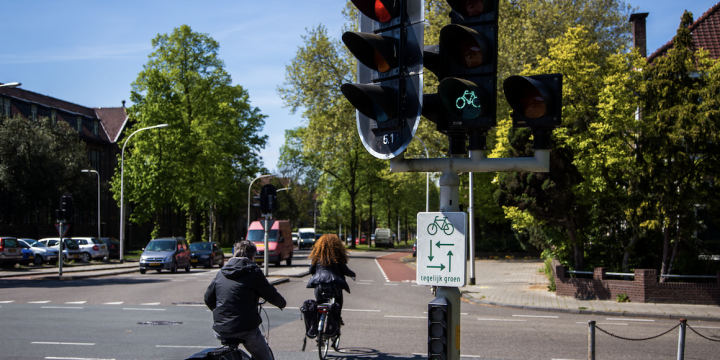Form-Based Codes 101
Form-Based Codes 101: Introduction
This course defines form-based codes, explains why they were invented, and distinguishes form-based codes from conventional "use-based" zoning ordinances—all with an emphasis on placemaking and walkability. We will provide an overview of the development of form-based codes, their mandatory and optional component parts, and the importance of making form-based codes context or place-specific.
Form-Based Codes 101: Learning How To Look
This course will teach you the skills to appreciate and analyze the measures and functions of good urbanism.
Form-Based Codes 101: Corridors
Corridors have historically been a key element of the urban fabric of every American town and city, yet they are also commonly problematic. This course looks at the roots of the problem for examples of how corridors can be designed and coded.
Form-Based Codes 101: Downtowns
Downtowns are the historic center of most American cities. In this course, we will review their role in establishing the past and future character of the city, walking through a series of form-based code case studies across a range of scales and contexts.
Form-Based Codes 101: Preparing a Form-Based Code
This course explores basic questions and decisions to consider when preparing a form-based code. It also covers the different approaches to regulating urban form and provides guidance for selecting an organizing principle for your form-based code. Finally, the course explains the visioning and creating of a plan, followed by drafting, testing, and assembling your code.
Form-Based Codes 101: Legal Aspects
This course explores the legal issues of creating and using a form-based code.
Form-Based Codes 101: Citywide and Countywide Code Updates
The final course in the "Form-Based Codes 101" series explores citywide form-based coding—the assessment of an entire city to determine where form-based code application should occur.
Earn a Certificate
Demonstrate your achievements, or just show off.













